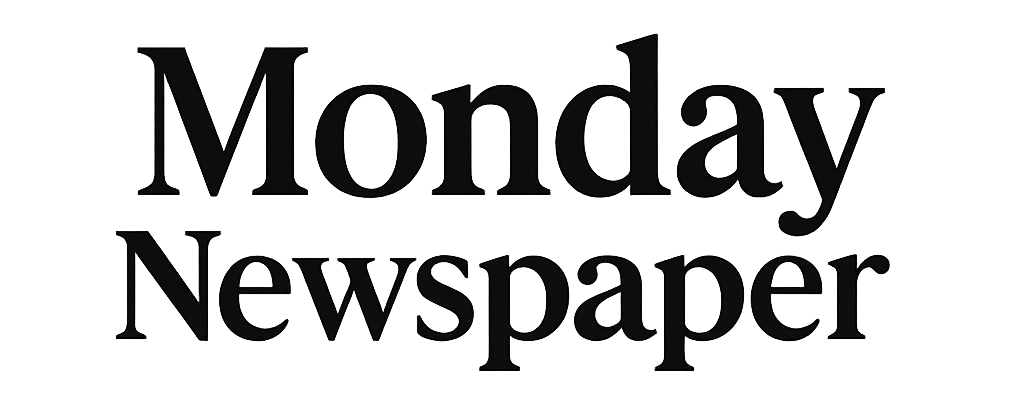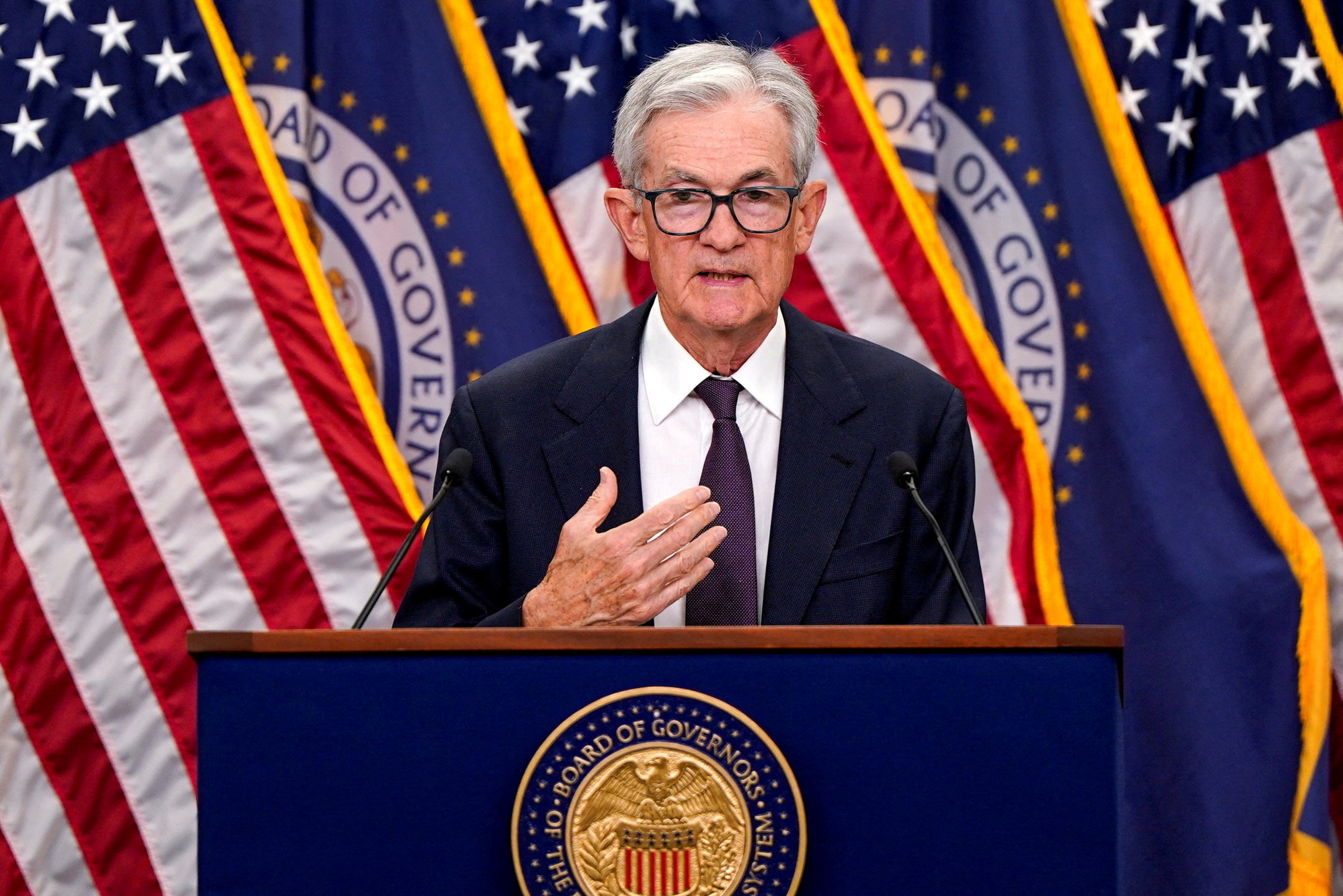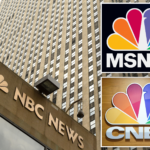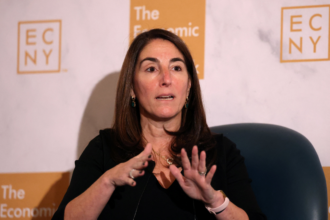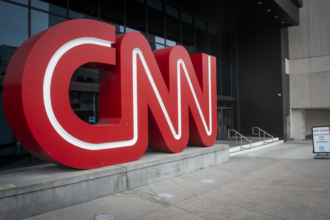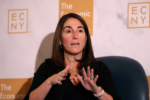Consumer spending came in strong even as the Fed’s preferred inflation gauge remained stubbornly high in August – though not enough to dash hopes for an interest rate cut next month.
Personal consumption expenditures inflation rose 2.7% in August over the past 12 months, heating up from 2.6% in July as expected, the Bureau of Economic Analysis said Friday.
Core PCE – which excludes volatile food and energy prices – remained stuck at 2.9%, the same rate as the month before, according to the report.
Despite high prices and President Trump’s slew of tariffs, consumer spending rose at a strong 0.6% pace – above 0.5% in July and quicker than expected, according to Friday’s data.
The fresh inflation data comes just a week after the Fed slashed interest rates by a quarter point to 4 to 4.25%, its first cut since December 2024. Markets have been betting on a consecutive quarter-point cut at the Fed’s October meeting.
“Although it is still firmly above the Federal Reserve’s 2% target, we believe the central bank remains on track to cut interest rates again at its next meeting in October, since it’s clear that inflation is stable enough to handle lower interest rates,” Clark Bellin, president and chief investment officer at Bellwether Wealth, said in a note Friday.
US stocks ticked up following the inflation report, with the Dow Jones Industrial Average rising 125 points, or 0.3%, by approximately 11:05 a.m. ET.
A strong bout of economic data this week also revealed a much stronger US economy than previously estimated – likely throwing a wrench in any plans to cut rates aggressively over the next few months.
Gross domestic product, which measures spending on goods and services, expanded at a 3.8% annual pace in the second quarter, according to a final estimate from the Commerce Department on Thursday.
That marked the fastest pace in nearly two years, after an outsize upward adjustment from an initial 3% estimate and later revision to 3.3%.
It was driven by a boom in consumer spending, which increased 2.5% – far above the previous 1.6% estimate and the 0.6% rate in the first quarter.
But the GDP reading is backward-looking, and more recent economic data has been a mixed bag.
Retail sales jumped over the summer thanks to a surprisingly strong back-to-school season, but hiring slumped.
Personal income increased 0.4% in August, slightly above expectations, according to the PCE report Friday.
Consumer inflation also heated up in August to 2.9%, according to the Bureau of Labor Statistics’ Consumer Price Index earlier this month.
It’s enough to show that prices are still a concern, even after Fed Chair Jerome Powell signaled the weakening labor market was top of mind for central bankers ahead of their rate-cut decision.
Meanwhile, initial jobless claims plunged to 218,000 for the week ended Sept. 20 – down 14,000 from the previous figure and far below estimates of 235,000, the Labor Department said Thursday.
That eased some concerns around the labor market, especially around layoffs and firings, although payroll growth has slowed and job openings have dropped.
But the Fed attributed its September rate cut to growing employment risks, so the new data – which reveals a more resilient labor market – could topple that line of thinking.
During a speech on Tuesday, Powell noted the economy “is showing resilience in the midst of substantial changes in trade and immigration policies.”
But he left the possibility of further rate cuts on the table, adding that policy remains “modestly restrictive” on growth.
